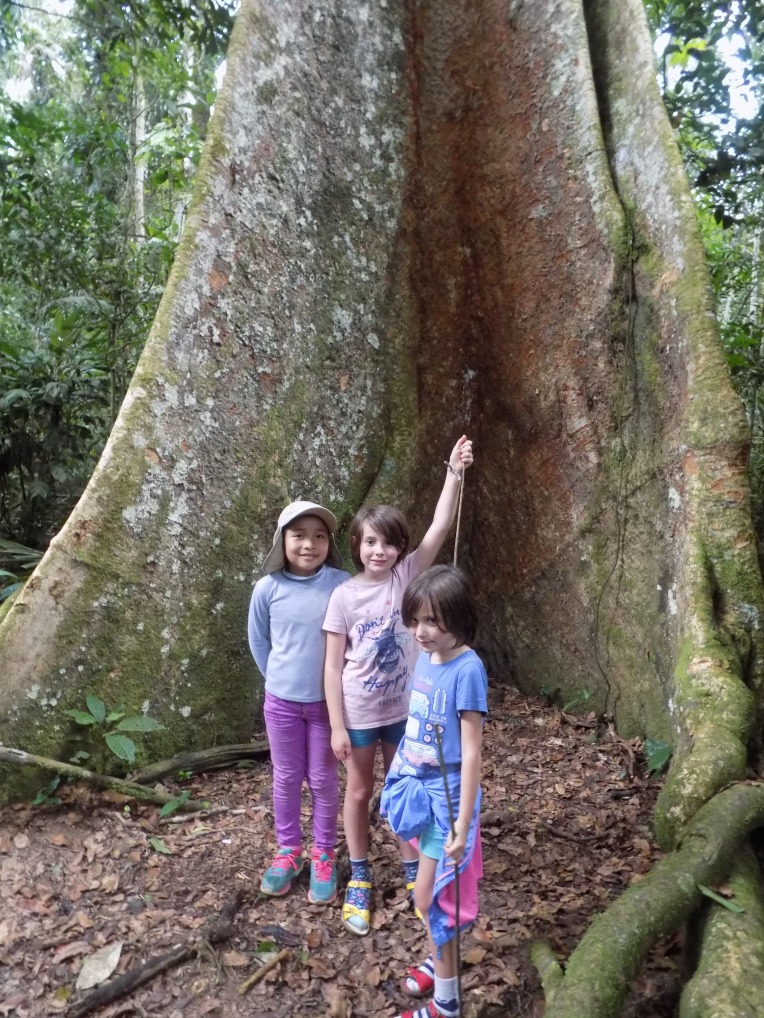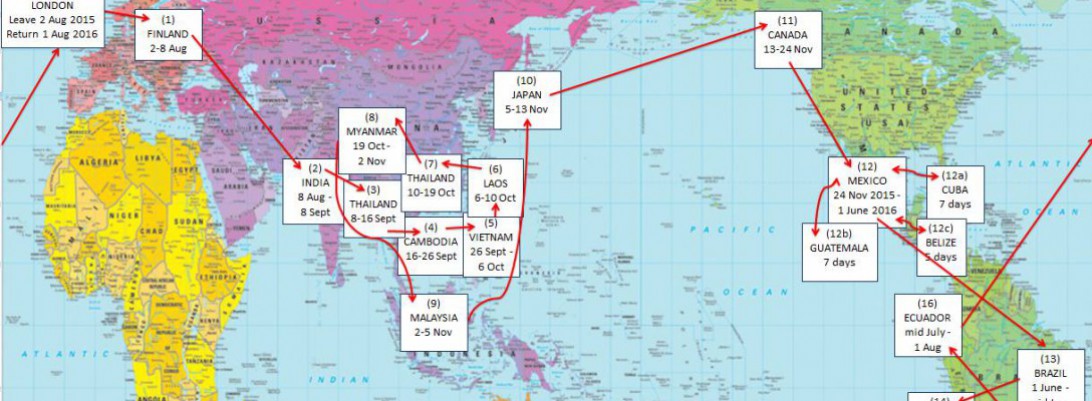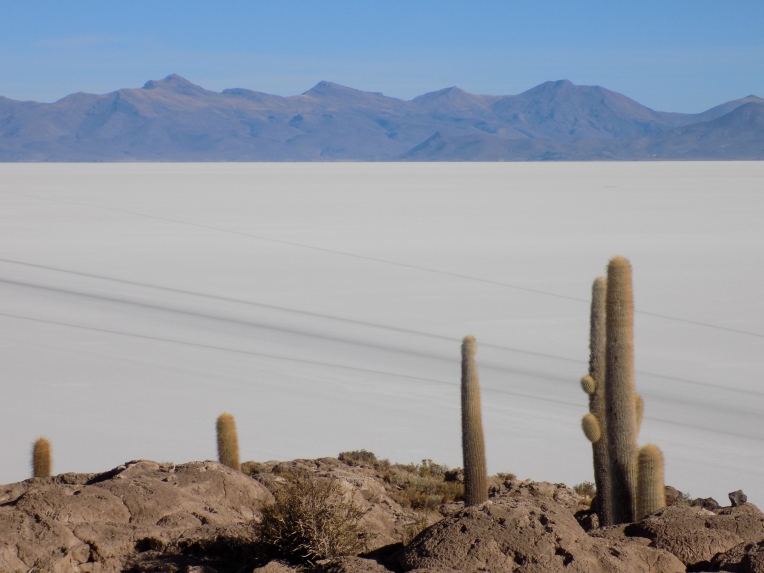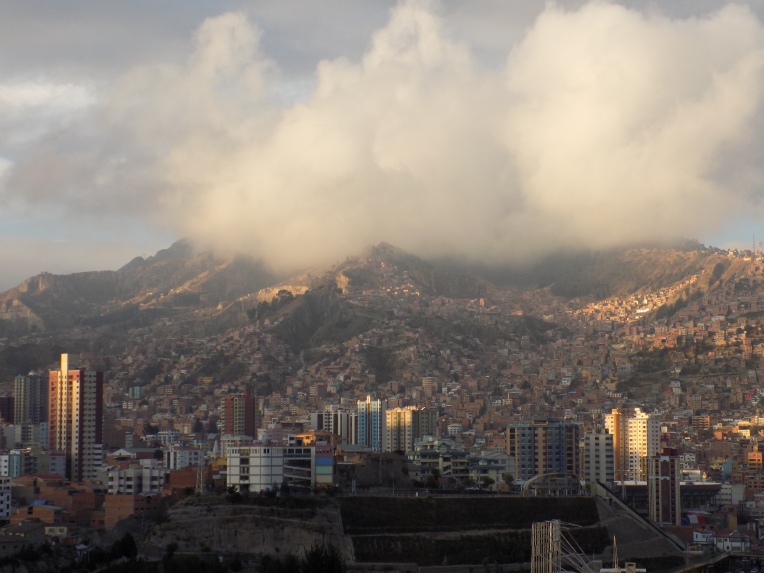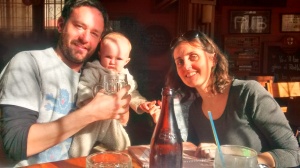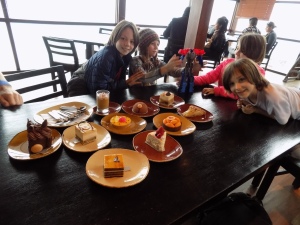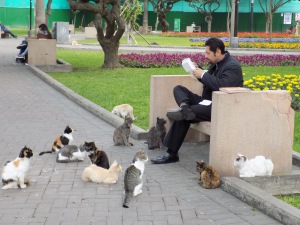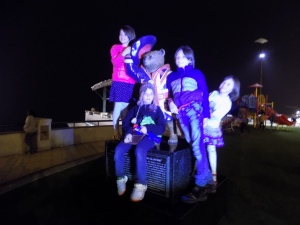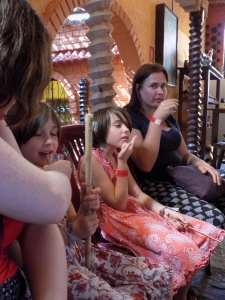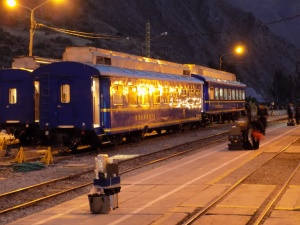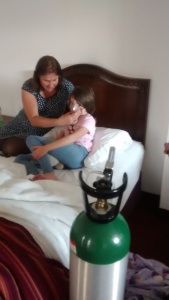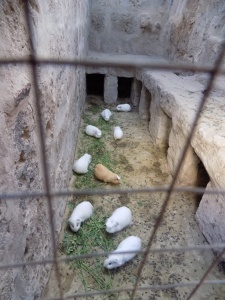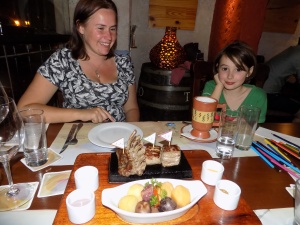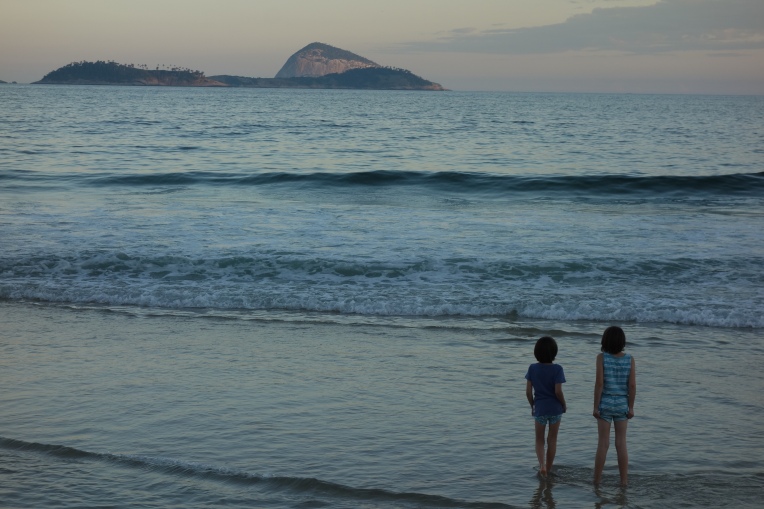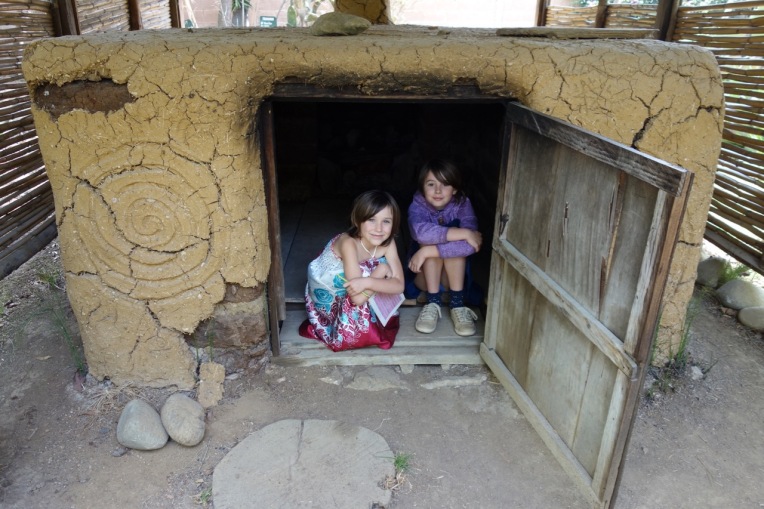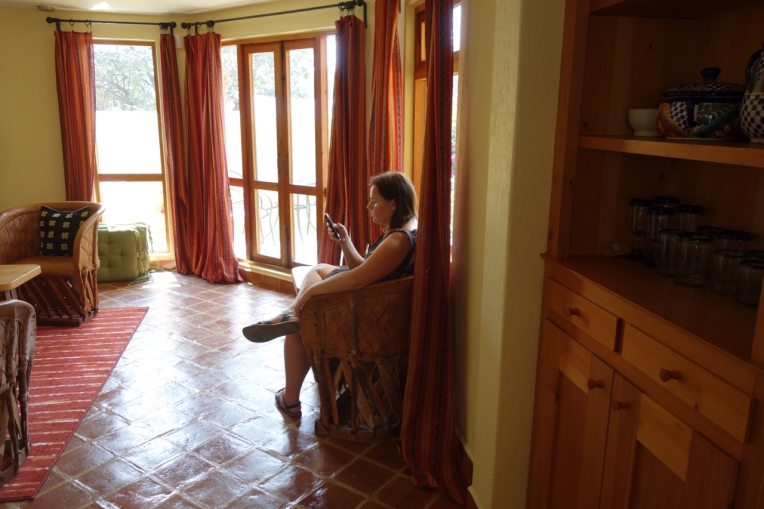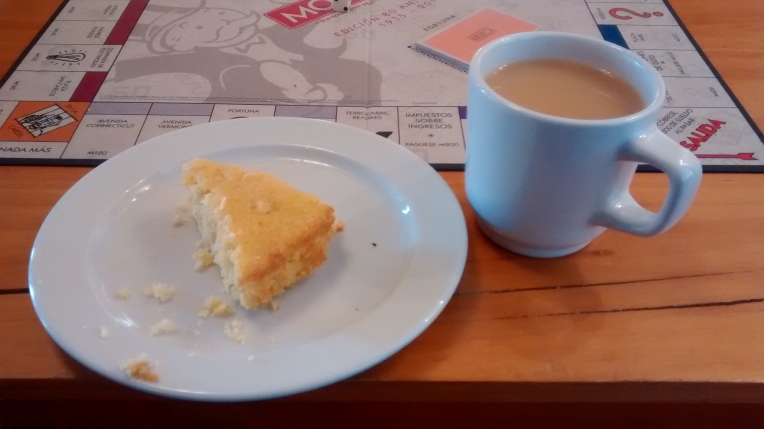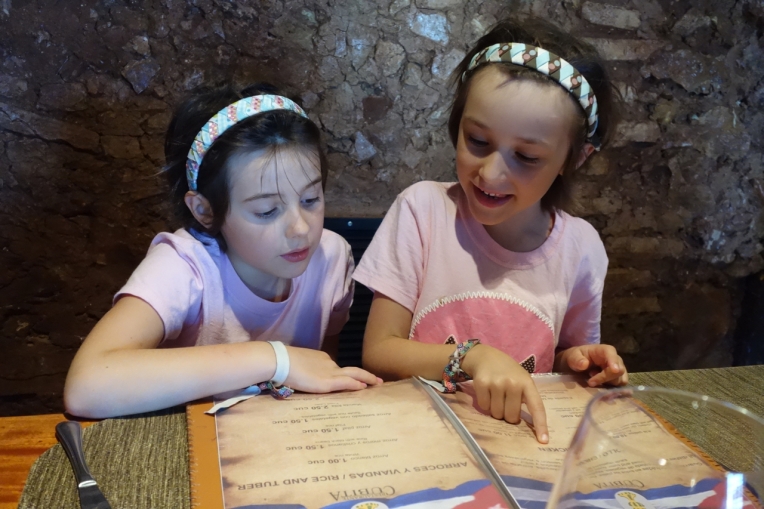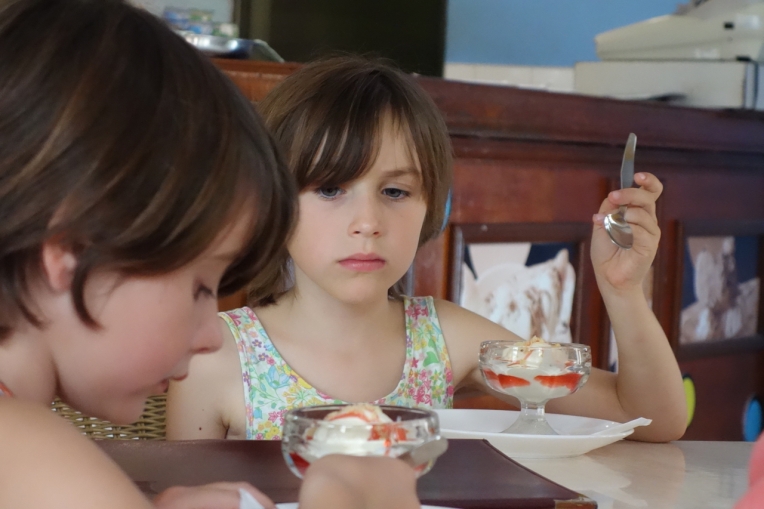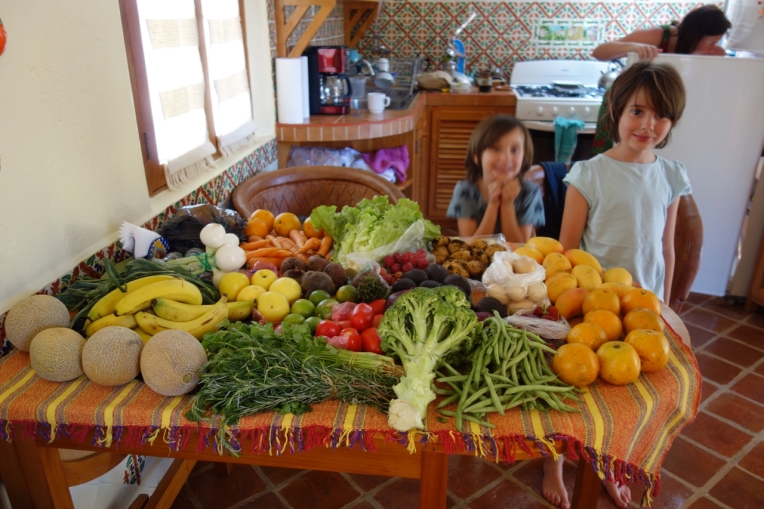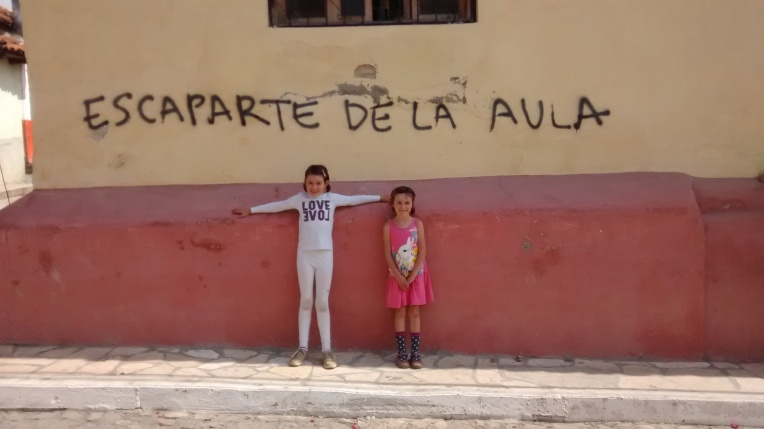
Well, actually we do. Of course we do. And if you’re a British parent (particularly one with a child in a state school) you can hardly fail to have thought long and hard about your own child’s schooling in the last few weeks.
Whether it is the government’s complete inability to correctly administrate a pointless grammar test for ten and eleven year olds or its inexplicable desire (and entirely explicable U-turn) to hand over all schools to private businesses, education pays second fiddle only to Brexit and the junior doctors in the headlines.
The teachers here are a bit scarier- they’ve been on strike for the last week over plans to test their performance. All the state schools are shut and there have been some awesome marches -and some burning of state property. I’m not suggesting that’s the answer, but you know, it’s different.
Out here, of course, we’re far from the UK’s less flammable education concerns. But Daisy and Clover must re-enter the UK education system in September, so we’d be crazy not to keep up with developments. It would be easy for onlookers to write off what we’re doing as a bad experiment in letting children run wild, but actually our girls are learning and changing- and we are learning too.
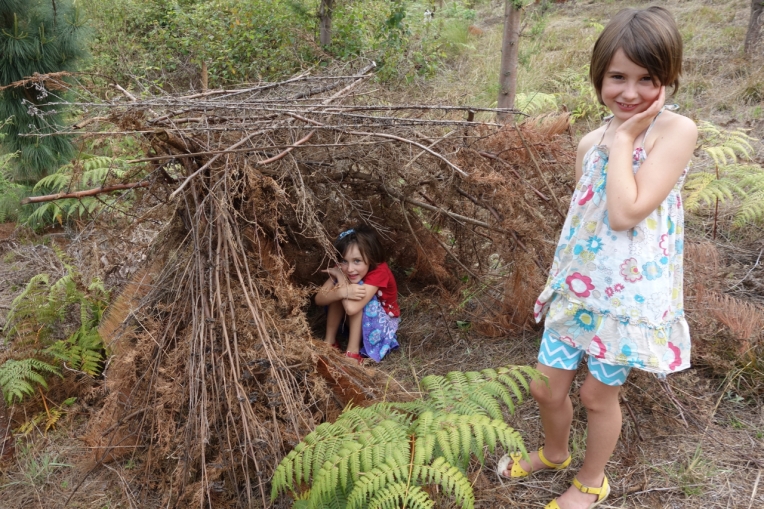
Back in the UK, with the girls in a great state primary, it has been easy just to let the teachers get on with it. They are the professionals after all. Despite being on the school governing body (I do finance, never curriculum!), we’d never really got to grips with the maths and English standard required of our children or the new methods they need to know to carry these out. As long as the teachers said the girls were doing OK, that was fine with us.
A year of homeschooling neatly shifted the responsibility for our children’s learning right back at us. It’s up to us to decide what’s important and what isn’t, and to give the girls the skills to thrive.
It’s an awesome (in both senses) responsibility, and quite a learning curve. As the girls prepare to leave the small collective school in Mexico for some more time on the road, here are a few thoughts for anyone else who’s thinking of doing this.
A) My children have brains like sieves!
Amazing sieves, but sieves all the same. How can it be that one day they understand something but they next they don’t? I’m hoping it’s all filtering down in order to go in somehow – but we’ve learned that you can’t just teach something once and then expect it to stick. Probably obvious to those teachers out there, but little and often really works. On a good day, I try to think of their learning as like a spiral staircase – you have to keep going round and round it to get to the top – where the top is a final understanding of how fractions relate to decimals. On a bad day- ARRRGGGHHH!
B) Children can get by in class without really understanding the basics
Again, perhaps unsurprising in a class of 30. Teaching the girls maths and English has made us realise where the holes are – I’m hoping their foundations are now a little stronger, even if they might not have advanced as far as their peers. The current UK curriculum expects some tricky concepts very early on – it’s easy to parrot something you don’t understand. But when it’s just you and your Dad or Mum there’s nowhere to hide. Mwahahahha!
C) Some of the curriculum is just silly
Yes, we can now all do a fronted adverbial of time, manner and place. In fact, we do them over breakfast, along with determiners and conjunctions. But who invented these things anyway – and is writing with a fronted adverbial really any better than writing without? At least Clover no longer thinks that grammar and Grandma are the same thing….We’d rather have Grandma than grammar at breakfast to be honest, but needs must.
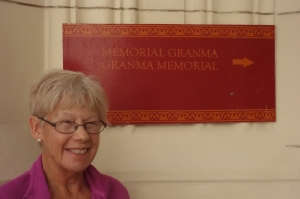
D) Other options are available
Step forward, Colectivo Semillas de Luz, a Mexican alternative school with an emphasis on yoga, gardening and singing. The girls have spent six months in a school of 20 (two classes), where parents are expected to be heavily involved, and ‘chalk and talk’ is virtually non-existent.
It’s been a great choice. Caring, family-like and accepting of two girls who spoke no Spanish at all on the first day. A school this small can be flexible – Paul went to for the first month or so as translator, and the girls have been allowed to be in the same class – as well as easy to navigate. Emotion is encouraged (they sit round a candle to discuss their feelings every morning) and the girls now love yoga. `Clover has, rather worryingly, forgotten how to sit on a chair. She’d rather squat. Of course, this is healthier, but I’m not sure how London primaries take that sort of thing.
The girls have no teachers, only ‘helpers’, which is a lovely philosophy and there are no surnames, no uniform, no heavy discipline.
I’m not sure we could stick collective schooling in the longterm, but it’s been great for a reevaluation of priorities for all of us. British primary education is a bit of a pressure cooker. It’s good to have taken the lid off for a bit.
E) So much of learning is about national culture, but the girls’ future is global
We’ve kind of slacked off the project work that the primary curriculum demands, so instead of the Industrial Revolution and the Great Fire of London, the girls have studied the cities we have been living in, and the cultures they find here. And while both the Industrial Revolution and the Fire of London are important bits of the UK’s history (and of course, often just vehicles for other learning), I’m not sure the girls’ world will be a purely British one when they grow up. They may study and live elsewhere in the world. Is learning about the Mayans less important than learning about the Romans? While that is decided by where you come from, who knows where our children will be going?
F) Egrets, we’ve had a few
Well actually, we’ve seen a few (lovely birds), but we’ve had some regrets as well. Perhaps we should have done a bit more to start with – getting back into writing longer pieces was painful for them both when we got to Mexico. We don’t have a beautiful holiday diary to take home – because they complained SO much about writing one, and I wish I’d been stricter on that.
On the other hand – I watched them have a playdate in Spanish yesterday. Their tenses are all over the place and they use some odd words but they speak a foreign language comfortably and confidently, with an accent any adult language learner would kill for. How cool is that?
So yes, there’s much more we could have done, and I’ve literally no idea whether they’ve done enough – the proof will be in how they cope (emotionally and academically) with years 5 and 3. Fingers very much crossed.
G) Teachers are amazing
How come you’re all so patient? Flowers all round- teaching is hard!
So in short, would we homeschool longterm? Probably not – but now I can see why people do. It’s lovely to be more flexible, and great for the children to get individual attention – and if we weren’t putting them back into the UK system we could avoid some of the daft grammar stuff as well.
The image I always see when I think about the girls’ development this year is of a tree cross section with the rings showing. Someone told me once that you can tell the good years for a tree (lots of water and sun) by thicker rings, while the leaner, meaner years have thin rings.
I’m hoping this year of learning together has produced an ultra-thick ring of learning and development for the girls. I know it has for me. Though I should add that I’m not actually thinking of cutting them in half to see – unless I have to go through their times tables with them again this week. If I do, all bets are off.
